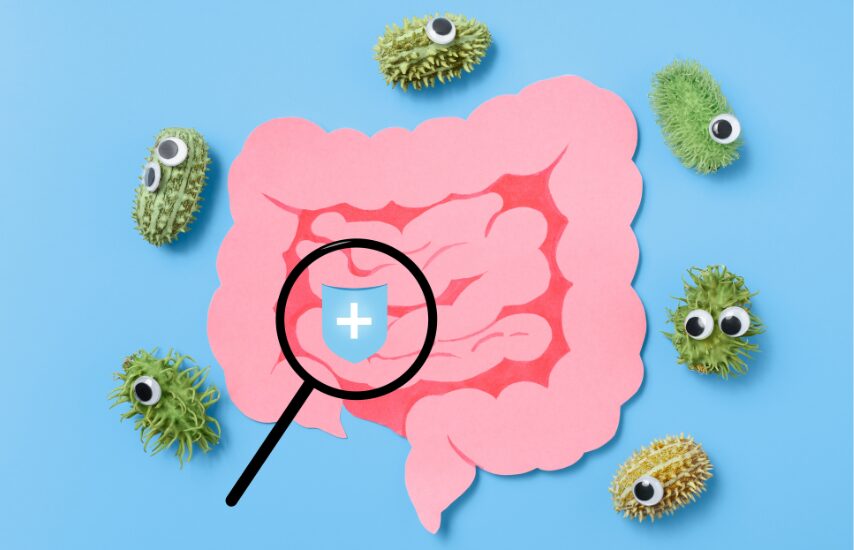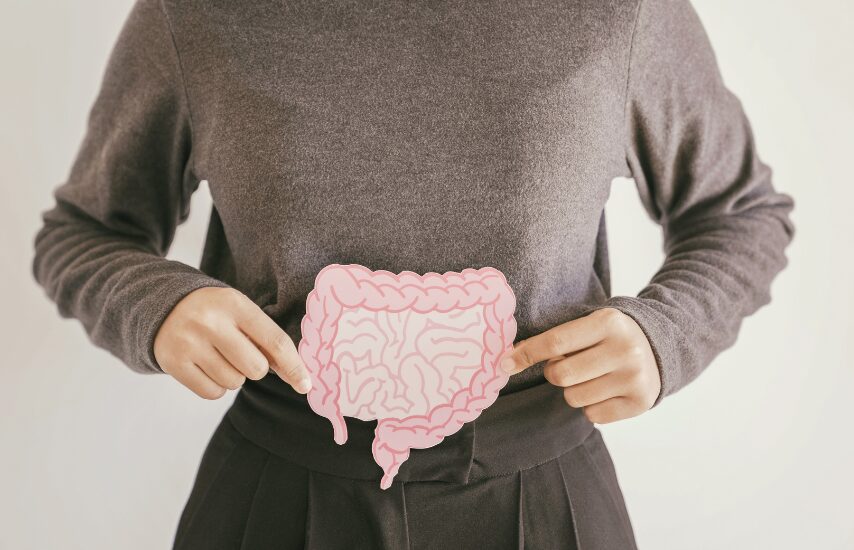GLP-1 & Your Gut: What You Need to Know

Over the past few years, GLP-1 has moved from obscure scientific terminology to a central player in discussions around metabolism, weight management, and blood sugar regulation. You may have come across it in the context of medications like semaglutide (Ozempic or Wegovy), but GLP-1 isn’t a drug—it’s a hormone your body naturally produces. And guess what? Your gut plays a starring role in how much of it you make and how effectively it works.
So if you’re curious about GLP-1, its link to digestion, and how your gut health influences it, you’re in the right place. Let’s break it down in real, human terms.

What Is GLP-1 and Why Should You Care?
GLP-1 stands for glucagon-like peptide-1. It’s a hormone released by the cells in your small intestine in response to eating. Once released, it does several critical things:
- Slows down how quickly your stomach empties
- Helps regulate blood sugar by stimulating insulin
- Signals your brain that you’re full
- Reduces food intake by affecting appetite
In short, GLP-1 helps you feel satisfied after eating and helps your body manage energy better. That’s why GLP-1-related medications have become popular for weight loss and type 2 diabetes. But here’s something important: you don’t need medication to influence GLP-1 levels. Your gut—and the bacteria living in it—are already part of that equation.
Your Gut Microbiome: The Silent Regulator of GLP-1
The cells that produce GLP-1, known as L-cells, line your intestines. Their function is directly influenced by what’s happening in your gut microbiome. Certain bacteria produce short-chain fatty acids (SCFAs), like butyrate and propionate, when they digest fiber in your colon. These SCFAs can stimulate GLP-1 secretion, improving metabolic and appetite regulation naturally.
Recent research has shown that the gut microbiome plays a crucial role in regulating GLP-1 secretion, which is vital for appetite control and glucose metabolism. Certain gut bacteria produce short-chain fatty acids (SCFAs), such as butyrate and propionate, when they digest fiber. These SCFAs stimulate the secretion of GLP-1, improving metabolic function. A study available on PubMed Central explores this connection, highlighting how the gut microbiome’s composition can influence GLP-1 secretion and overall metabolic health. The research underlines the potential of dietary interventions and probiotics in supporting GLP-1 production.

Can You Influence GLP-1 Naturally?
Absolutely. Supporting your microbiome is a great place to start. Eating a diet rich in prebiotic fiber—think oats, legumes, onions, garlic, and asparagus—helps fuel SCFA-producing bacteria that indirectly stimulate GLP-1.
Exercise has also been shown to increase GLP-1 levels, as has getting enough sleep and managing stress (your gut doesn’t work well when your nervous system is constantly in fight-or-flight mode).
But if you’re looking for a more focused approach to microbiome support, especially one that considers gut-lining health, inflammation reduction, and microbial diversity, adding a GLP-1-supportive probiotic may make sense.
What Is a GLP-1 Probiotic?
While the term glp 1 probiotic might sound new, it simply refers to probiotic strains that may help increase natural GLP-1 secretion by improving gut health and fermentation processes. These strains support the environment that allows your L-cells to function well, indirectly encouraging balanced metabolic signaling.
Some of the probiotic strains that have shown promise in modulating GLP-1 production include Lactobacillus plantarum, Lactobacillus rhamnosus, and Bifidobacterium animalis. These strains not only support digestion and reduce inflammation but also influence the microbial pathways tied to SCFA production and appetite regulation.
A Probiotic Formulated for Gut-First Metabolic Support
If you’re looking to support GLP-1 activity naturally through better gut health, Bioma’s GLP-1 support formula offers a daily approach designed to reinforce your microbiome where it matters most.
It combines targeted, gut-supporting ingredients and probiotics that promote microbial balance, help reduce bloating and gut discomfort, and support metabolic pathways linked to GLP-1–mediated appetite and glucose regulation. Taken consistently, this kind of gut support can help bring appetite, digestion, and overall metabolic well-being back into better alignment—rather than relying solely on medication.
Whether you’re on a weight management journey or simply trying to feel more comfortable and balanced after meals, focusing on the gut is a foundational step that shouldn’t be overlooked.

GLP-1, Your Gut, and Long-Term Health
GLP-1 isn’t just about weight. It plays a role in protecting the pancreas, reducing inflammation, and regulating cardiovascular health. And because it’s so tightly linked to gut health, supporting your microbiome is one of the smartest long-term investments you can make.
As more research unfolds, the link between the microbiome and hormonal signals like GLP-1 will only become clearer. What’s already obvious? A healthier gut helps you self-regulate—more energy, fewer cravings, better blood sugar control, and improved overall well-being.

Start with the Gut
You don’t need to micromanage hormones to get results. Often, it’s about removing the blocks to your body’s natural balance. Your gut already knows how to communicate with your brain, your pancreas, and your hunger cues—you just have to support the environment that allows those conversations to happen clearly.
So, before jumping to medication or extreme interventions, take a moment to ask: Is my gut getting what it needs?
Because when it does, everything—from GLP-1 to energy, mood, and metabolism—tends to follow. Naturally.
Related articles



